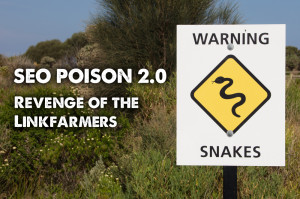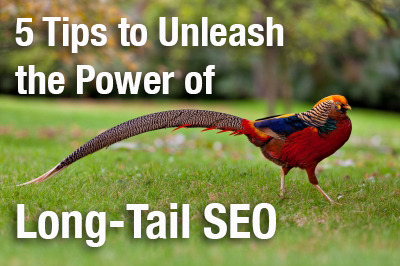My next challenge has arrived, and oh what a challenge it will be.
It’s certainly no secret that I have a passion for the digital space, and all it entails. I see digital (web, internet, online, or whatever you want to call it) as a marketing battleground of equal or greater importance to any other that exists. We humans spend a huge amount of time with our faces glued to screens of various sizes; consuming, sharing, interacting, engaging, ranting, raving, recommending, and questioning. For a business to deny this fact simply ensures its demise, be it fast or slow.
Beyond that, however, advancements in digital over the last several years have enabled us to forge relationships between businesses and customers that were at the very least highly improbable, if not impossible. What used to take place within the confines of a businesses walls, or in the isolation of a one-to-one phone call, now takes place online, across multiple social channels, in full view of the world. Now, you can interact with a business online as if they were an old friend, and businesses in turn can in turn take advantage of word-of-mouth on an unprecedented scale. Local businesses can have global impact, and global brands have the ability to relate to customers on a local level. Lines have blurred, and in my opinion, it’s better for everyone.
Over the last several years, my career in marketing for an industrial B2B equipment manufacturer has evolved dramatically. Way back in the distant year of 2003, we used to play almost entirely in traditional media. Print ads in trade mags, directories and guidebooks, trade shows, etc. The web was typically just a supporting piece. An online catalog, in essence. Over time though, we saw a huge shift over to digital as the main resource for anyone researching potential suppliers like us. Being findable online was no longer an option, even for well-established B2B brands. You had to be present, and your presence had to be awesome enough to hit page 1 of Google’s results.

Then social media came along, and things changed again. Your website is now just one touchpoint in the digital space. Your blog, YouTube channel, LinkedIn presence, Facebook page, Twitter feed, etc, are all now weighed and measured against everyone else’s, and your relevance is calculated by factors out of your control. Namely, Google’s algorithm and the opinions of the people your customers talk to. Your brand isn’t what YOU say it is, it’s what THEY say it is.

While initially apprehensive on how an industrial manufacturer could really capitalize on these new channels, we made the decision to go for it in 2010, and the benefits of it became apparent almost immediately. The reasons were pretty obvious, even in the early stages of businesses using social media and content marketing. Who would read an ad when you could read a blog article that actually helps you solve a problem? Who pulls out a 2000 page directory when Google sorts the most relevant businesses for you? How would your business stack up if you’re the one who willingly helped a customer BEFORE they were ready to buy? Hmm…. I wonder.
We interwove social actions and content marketing in to our existing marketing efforts. We integrated social tools in to the website, published more content of a variety of types, expanded our presence at industry events, forged stronger relationships with customers, and connected with the community.
Fast forward to 2014. Content marketing, inbound marketing, and social marketing now play a huge role for almost every business, even industrial B2B niche brands. It doesn’t matter if you sell a $10 widget or a $1 million piece of machinery, customers want to know that you’re the most relevant. Period. Content marketing accomplishes this, but only if done right. The question each business now faces is this; What is our ‘right way’ to do content marketing?
Which brings me to the entire reason for this post; I’m moving on. I’m now going to be completely immersed in the world of content, social, and inbound marketing. I’ve accepted a gig as a marketing strategist and content architect at gShift, a company that has developed an incredible software tool that not only enables businesses to compile all their web presence stats in one powerful dashboard, but also enables them to overcome many of the obstacles currently plaguing marketers in the digital space. Struggling with the ‘not provided’ situation Google has thrust on you? gShift’s software can help. Under pressure to prove impact and ROI from your content marketing? gShift’s software can help. Want to know how your web presence stacks up against your mortal enemies? gShift’s software can help.

I’m pumped to begin this new challenge and be a member of the team that is at the forefront of developing the tools and techniques that businesses use to connect more effectively with their customers, become more findable online, and build a thriving brand. I believe that businesses who approach content marketing in the right way, and truly understand the impact that they can have in their industry by changing their mindset to deliver real value in their marketing, will be the ones that customers desire to do business with above all others. That’s the goal, and it’s an admirable one.
And now, onward! To total immersion!
Check out the awesomeness that is gShift -> http://gshiftlabs.com
 It seems like it was a millenia ago that I wrote this article outlining the dangers to your web presence of purchasing sketchy backlinks -> SEO Poison: What you get when you hire a link farmer
It seems like it was a millenia ago that I wrote this article outlining the dangers to your web presence of purchasing sketchy backlinks -> SEO Poison: What you get when you hire a link farmer



















